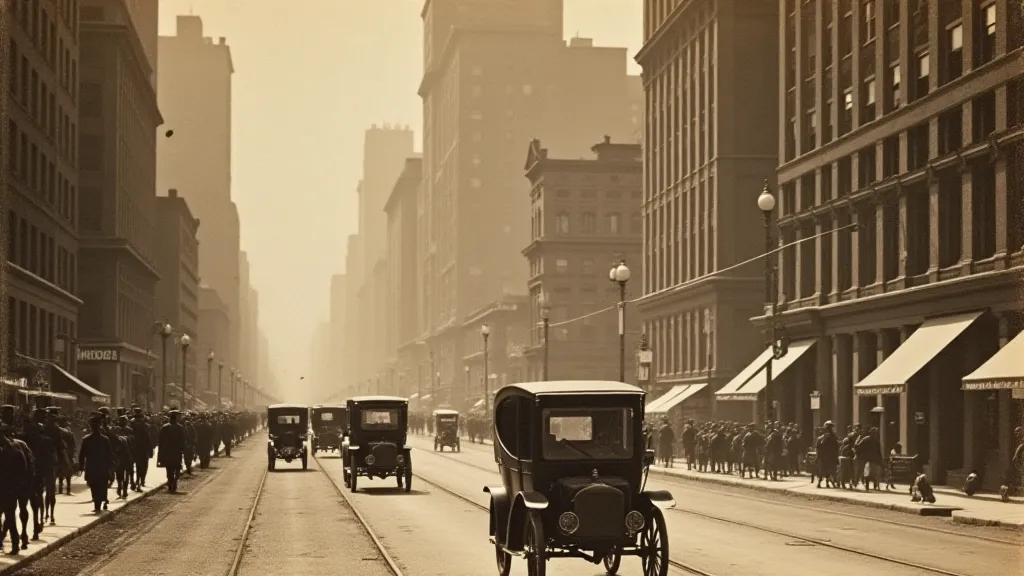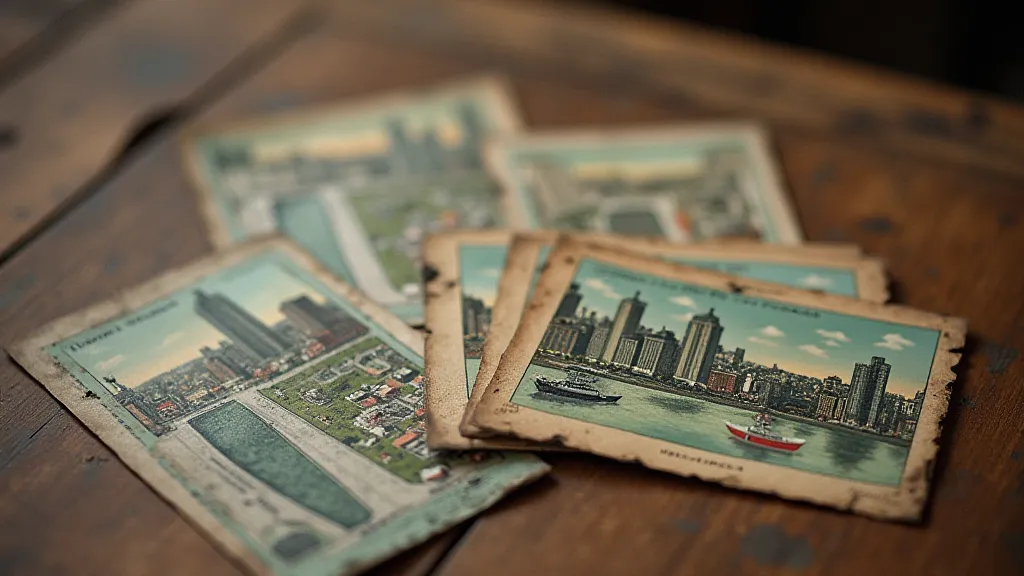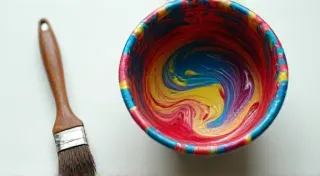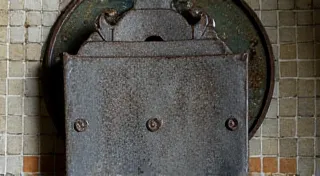The Concrete Dreamers: Anonymous Artists Behind the Postcard Panorama
There's a peculiar magic held within an antique city postcard. More than just a snapshot of a bygone era, it's a miniature portal, a tangible link to the lives and aspirations of people long gone. We pore over the carefully rendered facades, the bustling streets, the nascent skyscrapers, and often, we’re captivated by the scene itself. But what about the hands that created these glimpses of history? What about the artists who meticulously translated bustling cityscapes into miniature works of art, often remaining nameless, faceless contributors to a collective visual memory?
My own fascination began with a postcard of Pittsburgh, circa 1910. The monochrome image, a stark contrast to the vibrant steel city I knew, depicted a view of the Allegheny River choked with smoke and dotted with burgeoning industry. The details were extraordinary: the almost palpable texture of the brick buildings, the minute details of the horse-drawn carriages, the tiny figures moving about their lives. It wasn't just a picture; it was a story whispered across generations. I began searching for more, digging through antique shops and online auctions, each card becoming a new piece in a larger puzzle.

The Rise of the Picture Postcard and its Artistic Labor
The late 19th and early 20th centuries witnessed the explosion of the picture postcard. The invention of the photolithographic process made mass production possible, transforming postcards from luxury items into affordable communication tools. Suddenly, people could send inexpensive images across vast distances, sharing glimpses of their lives and travels with friends and family. This boom fueled a massive demand for imagery, creating a fertile ground for artists – many of whom worked in anonymity.
These weren’t typically celebrated artists like Monet or Van Gogh. Instead, they were often skilled illustrators and photographers working for publishing houses like Rotophoto, Detroit Publishing Co., and the Kurz & Mani Company. Their work was meticulously rendered, often requiring weeks or even months for a single series. While photographers captured the raw image, illustrators would then embellish them, adding details, correcting perspectives, and often "improving" the scene to create a more aesthetically pleasing result.
Consider the sheer labor involved. A single postcard might require an initial photograph, followed by meticulous hand-coloring, engraving, and finally, printing. Many of the artists working on these cards were European immigrants, drawn to America by the promise of work and opportunity. They poured their skills and their dreams into these miniature masterpieces, often earning modest wages for their efforts. Their names rarely appeared on the cards themselves, lost to the relentless march of time.
Unraveling the Threads: Identifying the Artists
Identifying the artists behind these postcards is a detective's game. Sometimes, initials or a monogram might be faintly visible in the corners, providing a tantalizing clue. Researchers and dedicated postcard collectors have spent years compiling lists, painstakingly matching artistic styles to known illustrators. Specialized online forums and postcard collecting societies often become invaluable resources.
Even without definitive attribution, recognizing artistic styles can add a layer of appreciation. The Detroit Publishing Co., for example, favored a dramatic, slightly theatrical perspective, often exaggerating the height of buildings to create a sense of awe. Kurz & Mani, known for their elaborate “Real Photo Postcards,” were masters of composition and lighting, creating scenes that were both realistic and romantic. Recognizing these subtle nuances can transform the collecting experience, allowing you to appreciate the artistic choices that shaped these miniature windows to the past.
The Allure of Imperfection and the Value of Preservation
The beauty of antique city postcards often lies in their imperfections. The slight blemishes, the faded colors, the occasional printing error – these are not flaws, but rather marks of authenticity, testaments to their history. A postcard with a slightly torn corner or a faint postal stamp tells a story that a pristine, factory-fresh copy simply cannot.

Restoration can be a delicate process. Aggressive cleaning or attempts to "perfect" the image can actually diminish its value and historical significance. Gentle cleaning with specialized archival materials, and careful storage in acid-free sleeves, are the best approaches to preservation. The goal is not to erase the past, but to protect it for future generations.
The Geography of Memory: A Cartographic Connection
Antique city postcards aren't just about buildings and streets; they's a geographical record of evolving urban landscapes. They capture the dynamism of cities, the constant process of change and renewal. A series of postcards showing the same location over several decades can reveal the impact of technological advancements, economic shifts, and social transformations.
Consider the postcards depicting Philadelphia. Early cards showcased the cobblestone streets and horse-drawn carriages, followed by images capturing the arrival of electric streetcars and the construction of iconic landmarks like City Hall. These visual narratives provide a unique perspective on the challenges and triumphs of urban development.
A Legacy of Anonymous Visionaries
The artists who rendered these cityscapes onto postcards remain largely anonymous, their names lost to the relentless flow of time. Yet, their contributions to our collective visual memory are undeniable. They captured the essence of a bygone era, preserving fleeting moments and shaping our understanding of the cities that defined a generation. Each time we hold an antique city postcard, we’re not just looking at an image; we’s acknowledging the legacy of these silent, forgotten dreamers – the anonymous artists who helped us see the world, one postcard at a time.






